Peanut
Boz 1st Quality
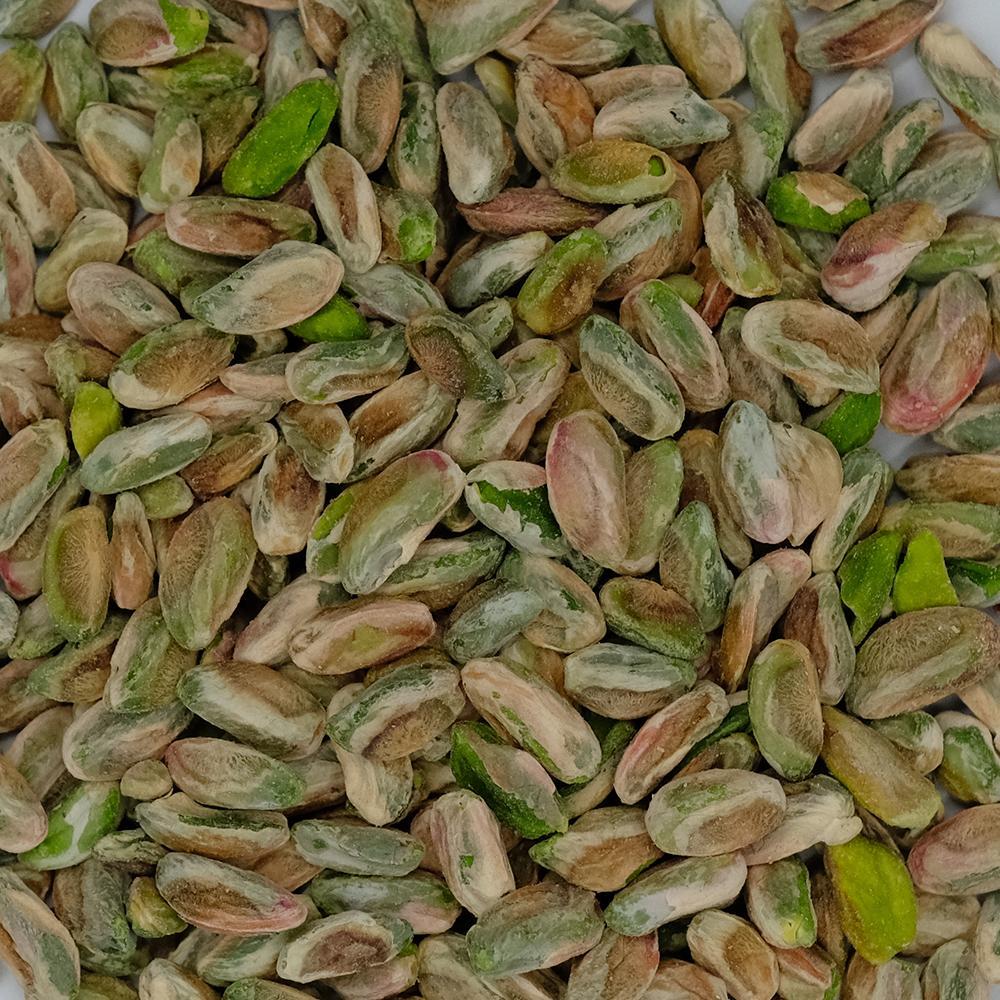
Boz 2nd Quality
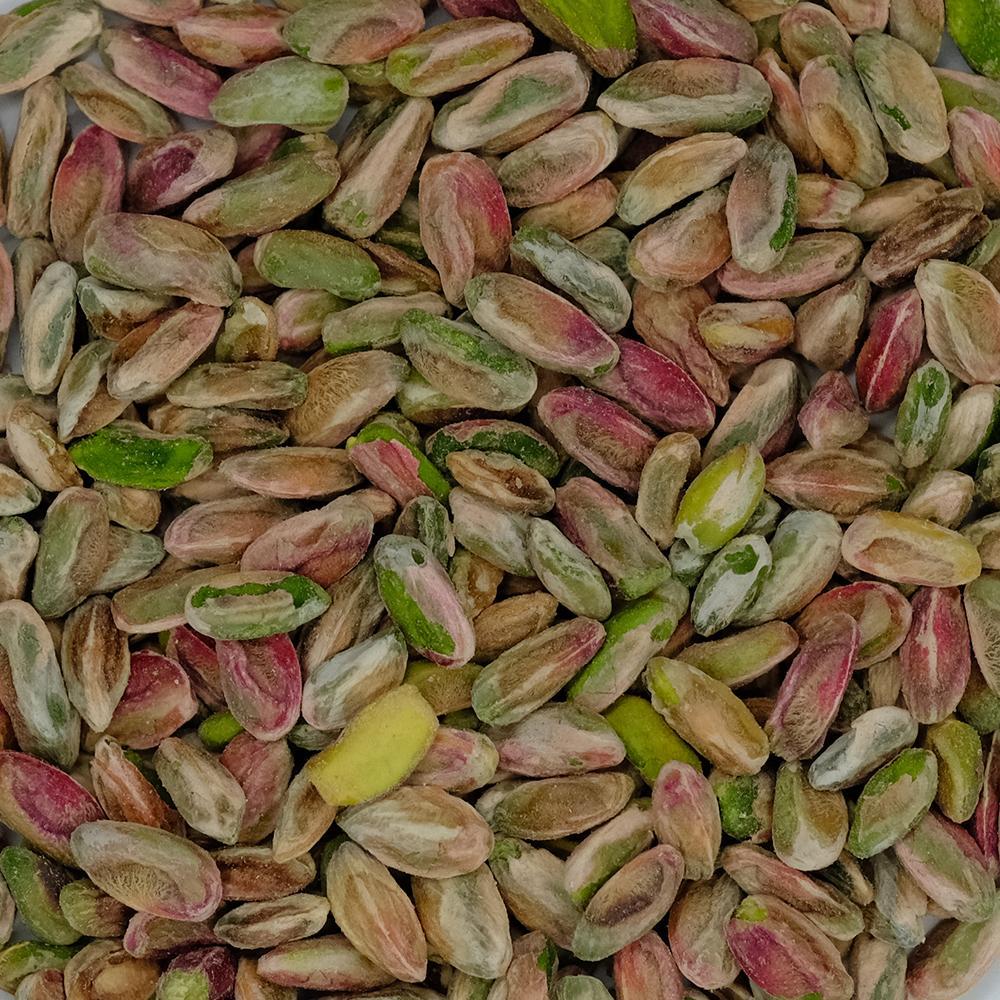
Meverdi 1st Quality
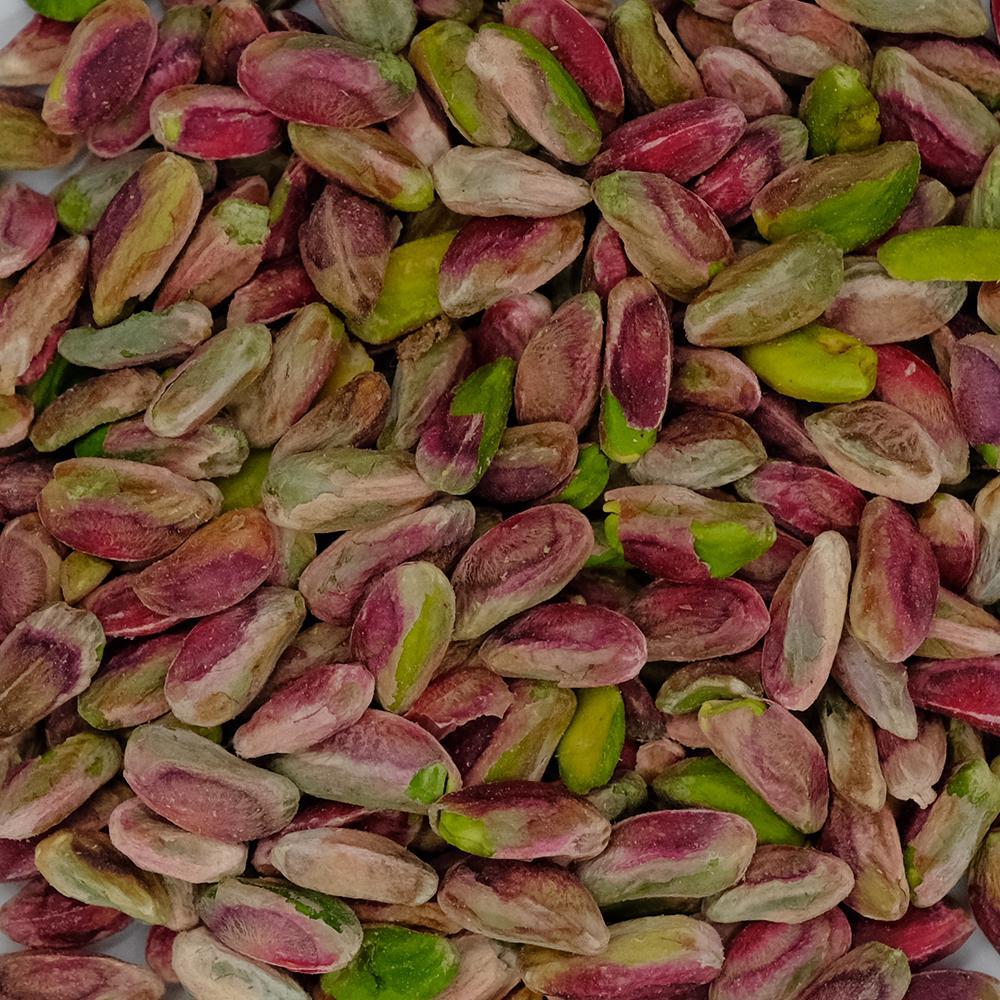
Meverdi 2nd Quality
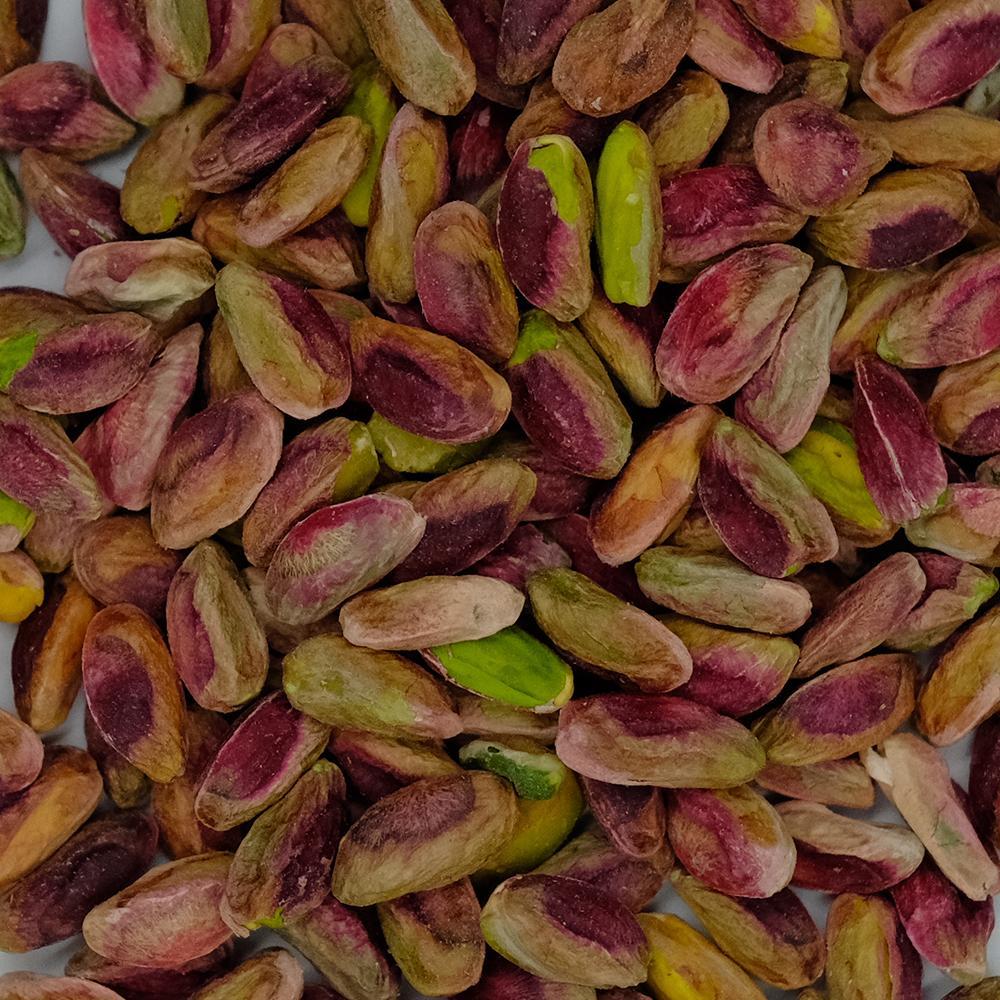
Red Pistachio
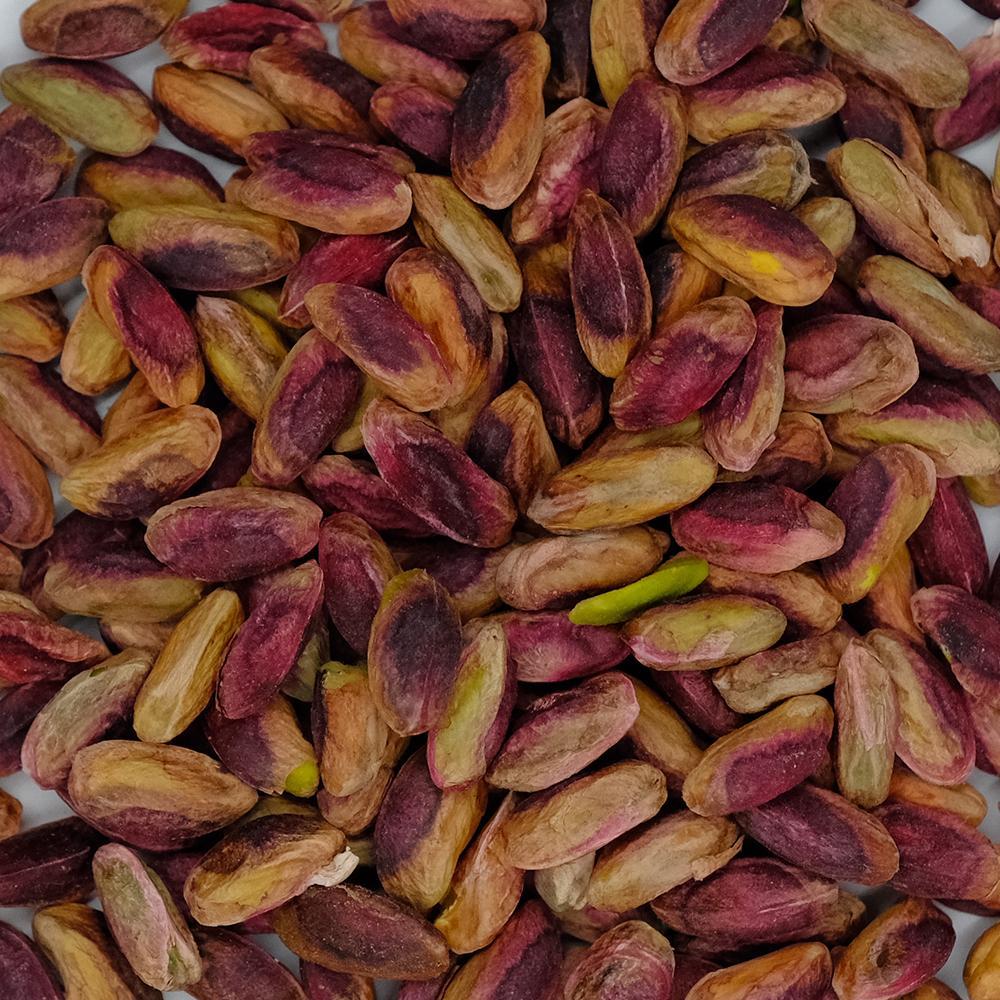
Roasted Salted Pistachios in Shell
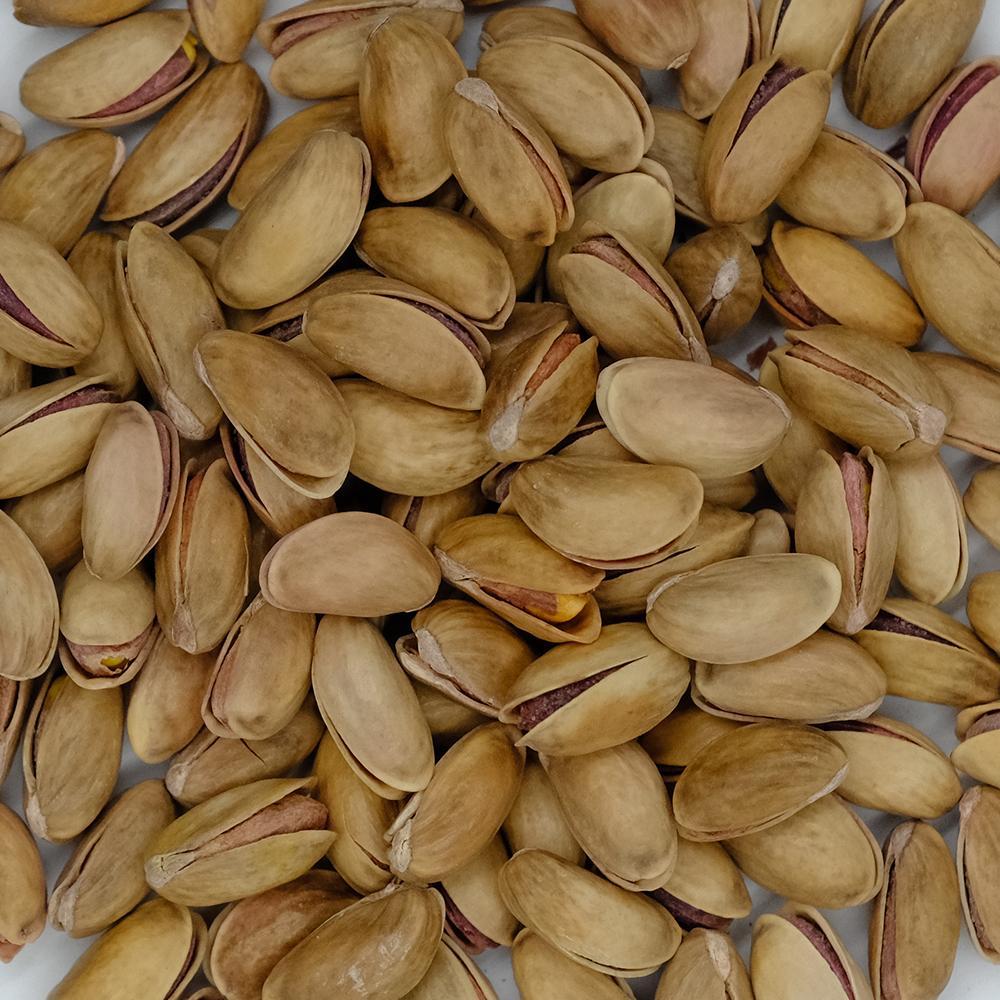
Aflatoxins were first brought to scientific attention in 1960, following a mass mortality event in the United Kingdom involving 100,000 turkeys and 20,000 partridges, pheasants, and ducks. The incident was linked to the importation of Brazilian peanuts intended for use as animal feed. Similar pathological symptoms were subsequently observed in ducks, pheasants, and trout in various regions across the globe. Researchers isolated the fungus Aspergillus flavus from the feed consumed by the affected birds, and upon administering the toxin produced by this microorganism to the same animal species, they reproduced the same clinical manifestations. Consequently, the toxin was identified and named “aflatoxin.” (Chu et al., 1984).
The name “aflatoxin” is derived from the first letters of the fungal species Aspergillus flavus, in which the toxin was initially identified.
Aspergillus flavus + toxin = Aflatoxin
Aflatoxins pose a significant threat not only to public health but also to global economies. It is estimated that economic losses attributed to aflatoxin contamination amount to billions of dollars annually. According to a 1985 report by the Food and Agriculture Organization (FAO), approximately 25% of the world’s food production is contaminated with mycotoxins. This contamination results in substantial losses for producers through crop and livestock fatalities, increased operational costs for agribusinesses and intermediaries, and elevated consumer prices accompanied by rising healthcare expenditures. (Diener and Davis, 1967)
Health Effects:
Aflatoxins enter the human body primarily through the consumption of contaminated food products. Once ingested, aflatoxins exhibit toxic and carcinogenic effects, particularly in the liver. In cases of high environmental concentrations, aflatoxins may also be absorbed through the skin or eyes. The condition resulting from exposure to aflatoxins is referred to as aflatoxicosis.
In general, the effects of aflatoxins can be categorized into two types:
a) Acute aflatoxicosis occurs as a result of exposure to high doses of aflatoxins. One of the most notable incidents took place in the autumn of 1974, affecting 397 individuals across 150 villages in northwestern India. This outbreak led to the deaths of 108 people and approximately 400 animals. Investigations revealed that the source of contamination was maize affected by rainfall near harvest time, with aflatoxin levels ranging between 0.25 and 15 mg/kg. Clinical symptoms among patients included high fever, rapidly progressing jaundice, edema in the extremities, pain, vomiting, and hepatomegaly (enlargement of the liver).
b) Chronic aflatoxicosis results from prolonged exposure to low or moderate doses of aflatoxins and is often difficult to diagnose. Common symptoms include impaired digestion and reduced growth rates. In addition, recognized aflatoxin-related syndromes may also be present. Experimental studies have shown that sub-lethal doses of aflatoxins can lead to cirrhosis in the liver. Long-term exposure to low levels of aflatoxins has been associated with the development of liver cancer in various animal models.
Aflatoxin Formation:
Molds enzymatically degrade proteins, fats, and carbohydrates in food, thereby altering the texture and composition of the product. As a result, various quality changes occur, including the reduction of fat content, an increase in free fatty acids, protein degradation, alterations in amino acid profiles, discoloration, the development of unpleasant odors, and changes in taste.
Aspergillus species capable of synthesizing aflatoxins are widespread across the globe and can proliferate under a broad range of climatic conditions. In environments with temperatures between 24°C and 45°C and water activity (aw) levels of 0.85 or higher, depending on the type of food product, significant aflatoxin production can occur within just a few hours. However, for aflatoxins to be synthesized, both the presence of a toxin-producing fungal strain and favorable environmental conditions are required. Aflatoxins are among the most frequently encountered and carcinogenic mycotoxins worldwide. There are four naturally occurring types of aflatoxins—B₁, B₂, G₁, and G₂—of which B₁ exhibits the highest toxic potency. Under ultraviolet light, B₁ and B₂ fluoresce blue, while G₁ and G₂ fluoresce green (Boutrif, 1997).
Aflatoxins are commonly encountered in temperate climate zones and are not confined to specific geographic regions or agricultural products. Products considered to be at high risk for aflatoxin contamination include tree nuts, oilseeds, cereals, and certain dried fruits (Boutrif, 1997).
Aflatoxin Formation in Pistachios:
Fungal contamination in pistachios typically begins in the orchard. Aflatoxin formation can occur either while the fruits are still on the tree or after harvest due to inadequate processing and storage conditions. Several factors influence fungal activity and aflatoxin production in pistachios while still on the tree. These include harvest timing, ambient temperature, relative humidity, water activity, and the condition of the outer hull—particularly whether it has been damaged by insect activity or due to hull splitting. (Schatzki & Ong, 2001). Harvest timing is among the most critical factors influencing aflatoxin formation. Delays in harvesting not only increase the risk of aflatoxin contamination but also lead to higher levels of aflatoxins in the contaminated nuts. In a study conducted in the United States, it was observed that a 12-day delay in harvest, depending on the region, resulted in approximately a threefold increase in aflatoxin contamination (Doster et al., 2001). During harvest, pistachio nuts should not come into contact with soil, as nuts that have fallen to the ground just before harvest were found to exhibit aflatoxigenicity at a rate of 47%.
Water activity is the most critical factor influencing chemical, biochemical, and microbiological changes in food products. As water activity decreases, the rate of quality deterioration slows, and the shelf life of the product increases (Özay et al., 2002).
In 1976, Denizel and colleagues conducted a study on controlling aflatoxin formation in pistachios under high water activity conditions. They found that Aspergillus flavus could grow at water activity levels above 0.87 and that aflatoxin production occurred at 0.88. However, at levels below 0.86, the growth of competitive xerophilic molds limited the production of aflatoxins.
Post-harvest practices such as delays in drying, storage under suboptimal conditions, and inadequate handling significantly accelerate mold growth and aflatoxin formation in pistachios. During sun-drying, aflatoxin risk is especially high in the early stages when water activity levels are elevated (0.85–0.98). Therefore, rapid and effective drying immediately after harvest is essential to inhibit mold development and thereby prevent aflatoxin contamination.
Post-Harvest Drying Practices in Pistachios:
After harvesting, pistachios are either dried with their red hull intact or after dehulling. In Turkey, the common practice is to dry pistachios under direct sunlight with the red hull still attached. Due to the high water activity in the red hull, the drying process takes longer, thereby increasing the risk of aflatoxin formation.
Pistachios dried under the sun with their red hulls to a moisture content of 5–6% are preferred by producers, as the outer hull provides physical protection, enabling long-term storage without significant deterioration. When producers are ready to bring the product to market, the red hulls are softened by immersing the nuts in water tanks for 9–12 hours. After softening, the hulls are removed and the nuts are re-dried under the sun. Since this process increases the water activity once again, the risk of aflatoxin formation during the second drying stage becomes significantly high.
In the fresh dehulling method, the red hulls—still soft at harvest—are removed immediately, and the pistachios are then dried. Compared to the traditional method of drying with the red hull intact, this approach shortens the drying time and eliminates the need for a second wetting-drying cycle when the nuts are later processed by the food industry.
Preventing Aflatoxin Formation:
Once aflatoxins have developed in a food product, complete detoxification is generally not possible. While certain physical and chemical treatments may reduce aflatoxin levels, they may also lead to the formation of new toxic or mutagenic compounds. Therefore, the most effective strategy against aflatoxins is to prevent their formation altogether. In Turkey, the legal limits for aflatoxins in pistachios are set at 8 ppb for aflatoxin B1 and 10 ppb for total aflatoxins. To ensure these limits are not exceeded, the following practices are recommended:
Effective control of pests and diseases while the fruit is still on the tree.
Avoid over-irrigation and minimize humidity levels in the orchard.
Perform the harvest at the optimal time.
Prevent harvested pistachios from coming into contact with soil.
Separate fallen leaves and twigs from harvested nuts.
Do not mix naturally fallen (pre-harvest) nuts with properly harvested ones.
Dry pistachios rapidly using mechanical dryers. If sun drying is used, spread the nuts thinly on clean concrete surfaces and avoid excessive mixing.
Dehull the red outer hull while it is still fresh.
For hull softening after drying, prefer steam treatment. If water immersion is used, ensure that the water is continuously refreshed.
For storage, use jute bags and stack them in clean, dry, and well-ventilated warehouses.
Monitor and control temperature and humidity in storage facilities.
Products intended for market distribution should be vacuum-packaged.
References: BOUTRIF, E.,(1998). Prevention of aflatoxin in pistachios, http://www.fao.org/ DOCREP/W9474T/W9474T06. HTM, Erişim Tarihi:15.01.2012 CHU, F.S., 1977, Mode of Action of Mycotoxins and Related Compounds. Adv. Appl. Microbiol., 22, 83-142. DENIZEL, T., ROLFE, E.J., and JARVİS, B., (1976b). Moisture-equilibrium relative humidity relationships in pistachio nuts with particular regard to control of aflatoxin formation. | Sci Food Agric. 27: 1027-1034. DIENER, U.L. and DAVIS, N.D. 1967. Limiting temperature and relative humidity for growth and production of aflatoxin and free fatt yacids by Aspergillus flavus in sterile peanuts. J. Am. Oil Chem. Soc. 44(1967), 259-263. DOSTER, M. A., MİCHAİLİDES, T. J., GOLDHAMER, D. A., MORGAN, D. P., 2001. Insufficient spring irrigation increases abnormal splitting of pistachio nuts. Calif. Agric. 55:28-31 ÖZKAYA Ş. ve TEMİZ, A. 2003.Aflatoksinler: Kimyasal Yapıları, Toksisiteleri ve Detoksifikasyonları. Orlab On-Line Mikrobiyoloji Dergisi Cilt: 01 Say: 01 Sayfa: 1-21 SAKAI, T., SUGIHARA, K. and KOZUKA, H. 1984. Growth and aflatoxin production of Aspergillus parasiticus in plant materials. J. HygienicChem. 30(2), 62-68 SCHATZKI, T.F. and ONG, M.S. 2001. Dependence of aflatoxin in almonds on thetypeandamount of insectdamage. J Agric. FoodChem. 49(9), 4513-4519.
Benefits of Peanuts - PDF Review Aflatoxin in Pistachios - PDF ReviewSite Map
Location
Sare Global Trading
Mücahitler mahallesi 5243 nolu sokak no:3 dinç cam plaza kat:9 no 62
Şehitkamil / Gaziantep
Türkiye
+90 553 707 58 13
info@sareglobaltrading.com
Location
Sare Global Trading
Germany Address:
Lothringerstrasse 10
46045 Oberhausen
Germany
+49 171 814 61 35
WhatsApp: +49 171 814 61 35
info@sareglobaltrading.com